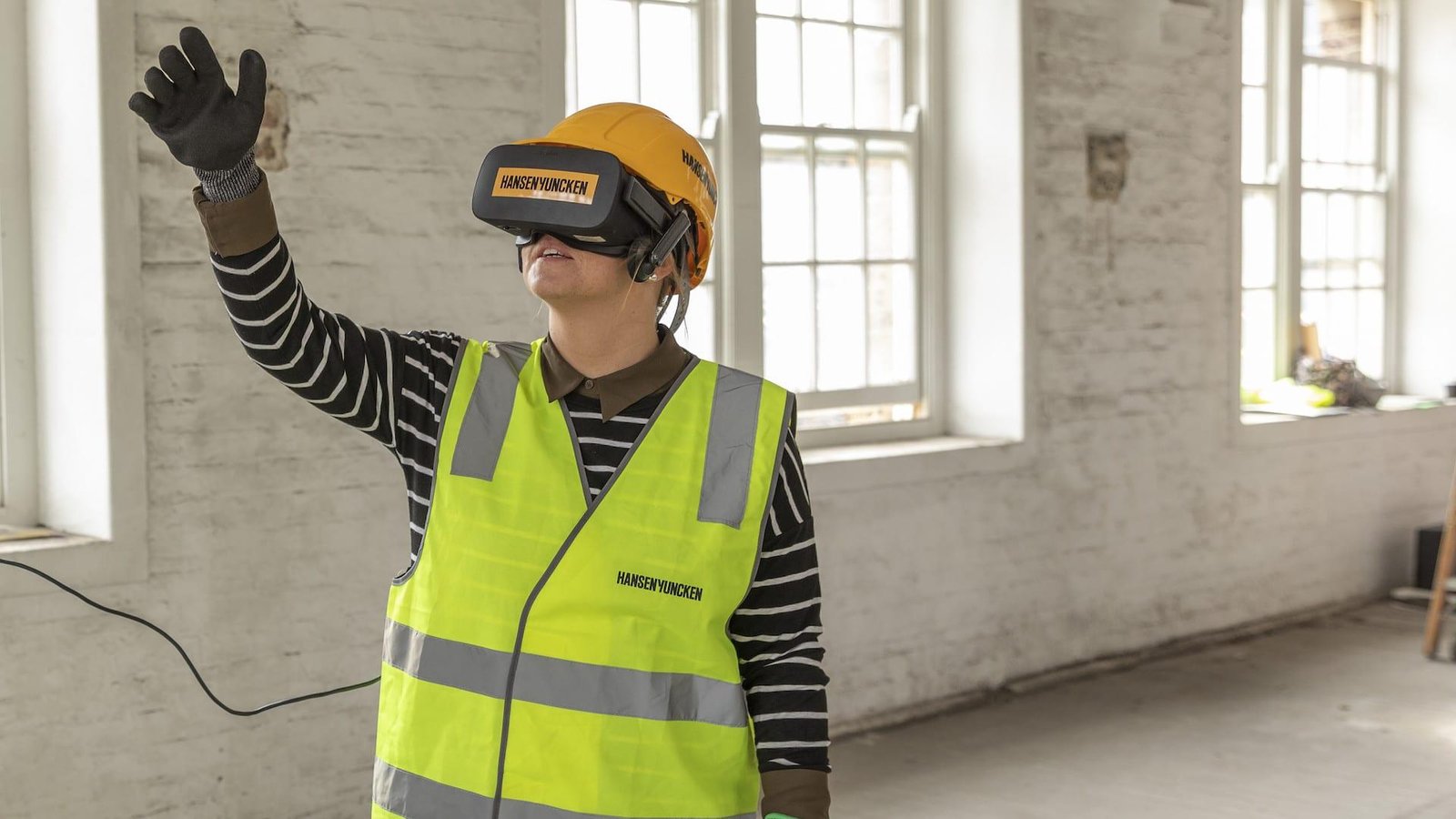A bustling Las Vegas exhibition floor, humming with expectation – not the first location you’d expect to find subtle revolutions in what might be called “fluid stonework.” Yet this year’s World of Concrete 2025 was precisely that: a singular confluence of automation, ecological agility, and muscular tradition. The show’s energy seemed less about cement trucks lumbering across old roads and more akin to the velocity with which innovation can provoke a swift decline in industry inertia.
Battery-powered telehandlers darted between crowds. There was eagerness for electrification but also muted skepticism among veteran operators—lithium-ion batteries promised silent reliability under duress but drew second glances regarding sustainability after extended use. JLG notably unveiled an entirely electric telehandler—no diesel aroma clinging to its movements, just methodical efficiency anchored by compact lithium powerpacks. The trend is not so much a tidal wave as it is a persistent drizzle slowly altering the industry climate.
Some notable topic breaks emerged from equipment management software booths. Instead of focusing on classic vehicle repair diagnostics, current fleet management tools put their emphasis largely on driver monitoring systems—a curious divergence that left operational longevity feeling somewhat neglected by major software vendors. Oddly enough for such an event touting innovation’s vanguard, parts inventory platforms barely showed a new face; maybe next year that void will be filled if hardware outpaces digital control systems at this rate.
Robotics came gleaming into focus—not simply headlines promising automation but gritty demonstrations where autonomous rebar-tying robots wielded GPS calibration and machine learning subroutines to cinch steel faster than seasoned tradesmen blinking grit from their eyes. Sometimes progress wears steel-toed boots instead of silicon-laced slippers. Remote-controlled demolition machines (Hilti), close-corner saws (Husqvarna) stepped up alongside these bots: now work could reach places too hazardous or insular for ordinary hands.
There were no grand pronouncements about abandoning foundational methods; rather, material scientists quietly celebrated Portland Limestone Cement (known affectionately as Type 1L). Used increasingly in paving and foundations alike over conventional blends—its lower carbon content signals subtle yet seismic movement toward sustainable construction practices. Attendees swapped disjointed whispers: whether incremental composition changes would ripple outward into reinforced sustainability or vanish amid larger logistical concerns remained uncertain.
Walking past flashing LED displays one found another storyline—all about people more than performance statistics. Booths thick with tactile opportunities lured crowds eager not only to test impact drivers or try brick saws but also to witness themselves perform better under pressure—the Bricklayer 500 competition encapsulated this romantic tenacity best. Odd perhaps in such a tech-forward context, skills contests got cheers rivaling those aimed at any wireless sensor innovation announced nearby.
It would be false precision to suggest these modernizations guarantee improved bottom lines immediately; workforce empowerment cropped up regularly as both solution and challenge depending on one’s vantage point. Globalization threads wove through sessions urging new leadership models while education initiatives sought fresh lifeblood for tomorrow’s masons—not all were convinced urgency equaled actionable commitment though everyone agreed some pivot remains necessary each decade or so.
Pivoting topics slightly without clear cause: Equipment rentals unexpectedly emerged as one whitespace market ready for imaginative disruption despite heavy machinery already pivoting toward increased electrification elsewhere. Most rental providers still lack seamless tracking platforms—even online booking options feel retrofitted rather than elegantly designed ground-up for contractors planning site logistics months ahead. There seems little doubt companies bridging these chasms could tilt market share swiftly provided logistical inertia does not overpower demand-side curiosity first.
Turning again: Artificial intelligence commanded attention like an orchestra warming up before crescendo although its applications felt nebulous outside advanced telematics solutions—it turned out many AI features introduced lacked real-world gravitas beyond theoretical gains in fleet data aggregation or speculative predictive analysis pipes waiting downstream integration validation sometime soon (or never).
Minor awkwardnesses aside—in some places you notice maintenance routines trailing too far behind aspirations set by other exhibitors who confidently displayed next-generation hardware ready today while simple service-tracking apps kept falling short against rising expectations.
And how did craftsmanship fare amidst drone flights? Actually bolstered more fiercely than ever; practitioners honored technical dexterity over technology’s dazzle when given a chance—perhaps because skill cannot always be replaced by circuits alone nor pride measured solely by productivity charts displayed via augmented reality headset projections hanging midair above showroom floors.
Across every sector sampled—from admixtures optimizing temperature resistance subtly within slabs poured beneath desert sunlight to old-school trowel brands quietly refining ergonomics—the future isn’t governed purely by accelerated computation nor green chemistry alone but emerges instead through unpredictable juxtapositions made tangible thanks only partly due algorithmic design intent…much more due restless minds unwilling merely follow concrete paths previously set down beside them.
To conclude—or hesitate before doing so—the intersection where autonomous robotics meets bricklayer competitions paints no straightforward portrait. At World of Concrete 2025 it became clear disruptive potentials do run parallel sometimes—but occasionally delightfully sideways—in pursuit of durability somewhere just beyond plain predictability’s threshold.













